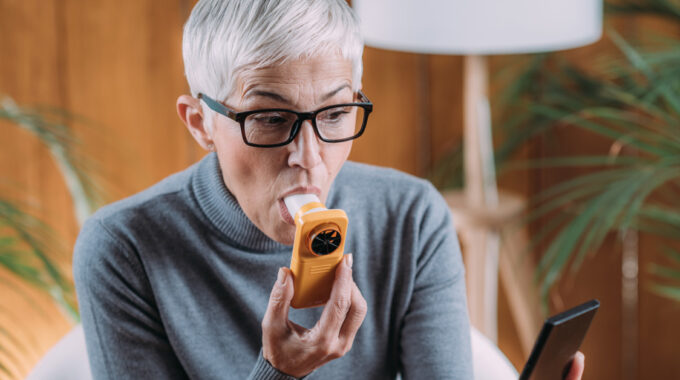
Study Shows 82% of Homebound Seniors Need Assistance to Participate in Video Telemedicine
Prior to the pandemic, less than 1% of Medicare customers received telehealth. That was then. A very large survey conducted by the Centers for Medicare and Medicaid Services (CMS) found that 27% of Medicare customers were using telehealth between summer and fall 2020. Interestingly, the majority (56%) of telehealth encounters occurred over the phone in summer and fall of 2020. Only 44% involved video conferencing. Doctors have reported that patients have trouble using the video software. Even after a video conference appointment has been made, the meetings often revert to a phone call.
Successful Video Telemedicine with Elderly Patients is Facilitated by Home Health Workers
In April, the Journal of the American Geriatrics Society published a survey of primary care physicians.1 They found that 82% of homebound seniors needed the assistance of a family member or home care worker to successfully complete a video telemedicine visit. Since the appointments tended to occur during the day, family caregivers often needed to be at work. Therefore, paid caregivers provided the majority of that help.
Obtaining Paid Caregiver Help
When Medicare beneficiaries are homebound and have a skilled need, doctors can order home health nursing. When all qualifications are met, Medicare pays 100% of allowable charges. However, not all seniors will qualify for home health at the time they need telemedicine. For these situations, home care agencies provide trained caregivers on a respite or long-term basis. Much of this work is paid for privately, but there are assistance programs through Medicaid, veterans’ benefits, and other payor sources.
Families may also want to consider the type of professional who is facilitating the visit. Any worker who knows how to use video chat can help an elderly client navigate telemedicine programs. That being said, legally, only a nurse can receive orders from a doctor and then implement them. If a nursing assistant is attending a consultation, and the doctor gives orders, this can create scope-of-practice complications for the home care agency.
Is the Home Health Industry Ready for this Task?
Home health and home care workers are probably the best suited professionals for this task today and for the foreseeable future. On the other hand, most home health workers do not have specific training in facilitating video telemedicine visits. Home health agencies struggle to know how much to invest in such training. For one, most of their patients probably still are not using video telemedicine. Additionally, the recent surge in telemedicine is the product of CMS loosening regulations on reimbursement for such visits. These are emergency provisions. If CMS goes back to normal rules at some point, we are likely to see telemedicine return to near zero. Nevertheless, home health agencies may have a marketing opportunity in developing telemedicine assistance protocols and presenting their programs to doctors.
Reference
- Kalicki AV, Moody KA, Franzosa E, Gliatto PM, Ornstein KA. Barriers to telehealth access among homebound older adults. Journal of the American Geriatrics Society. 2021 Apr 13.






